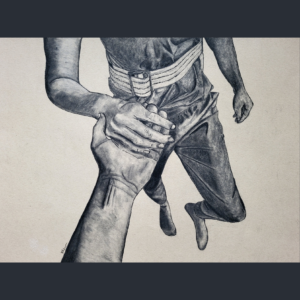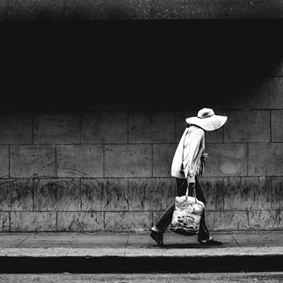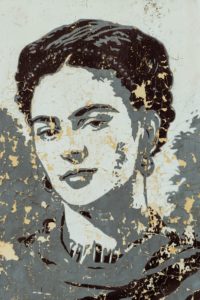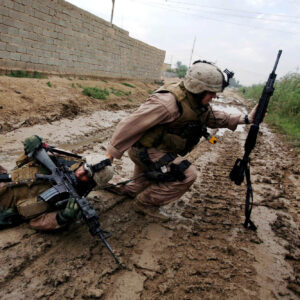
The Power of Touch: Trust
Seeking to illustrate the nuances of physical touch in PT practice, Brandon Ness, DPT program faculty member and artist, created an image to inspire discussion among his students about trust and healing. His account of that process—creating and refining the image, going through a Visible Thinking exercise with his students—shows how art can inspire fresh critical thinking.












